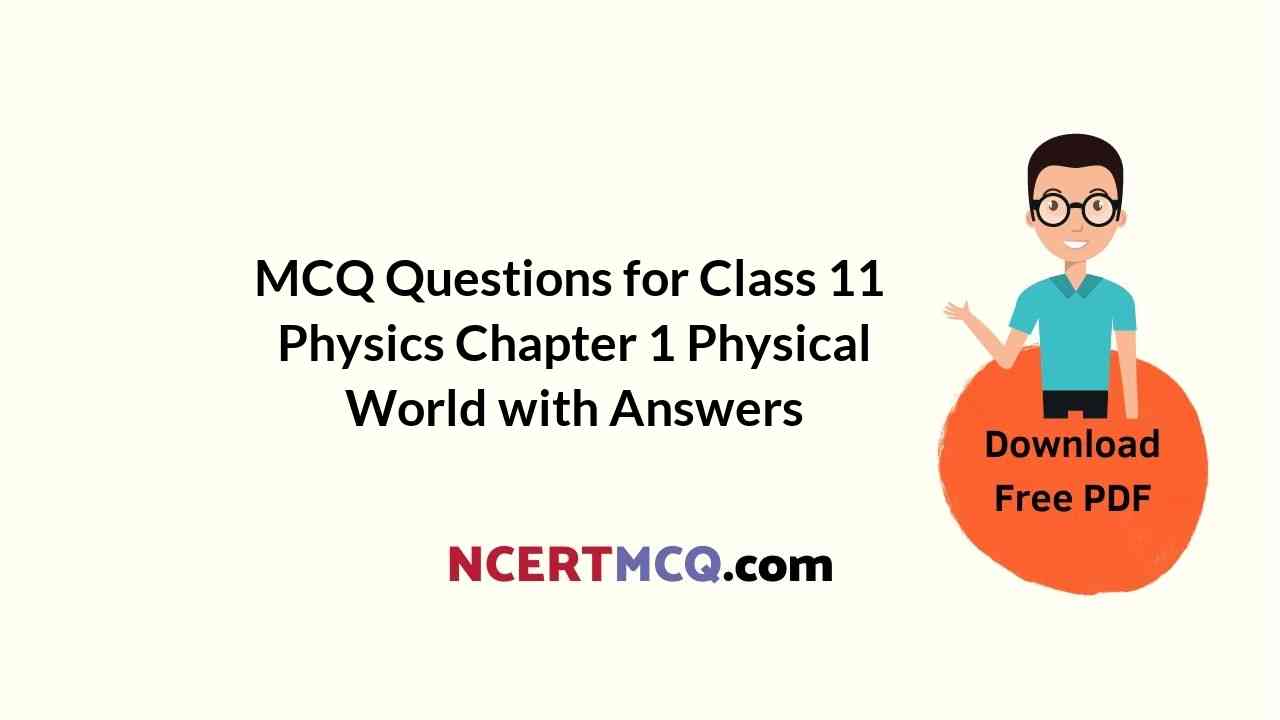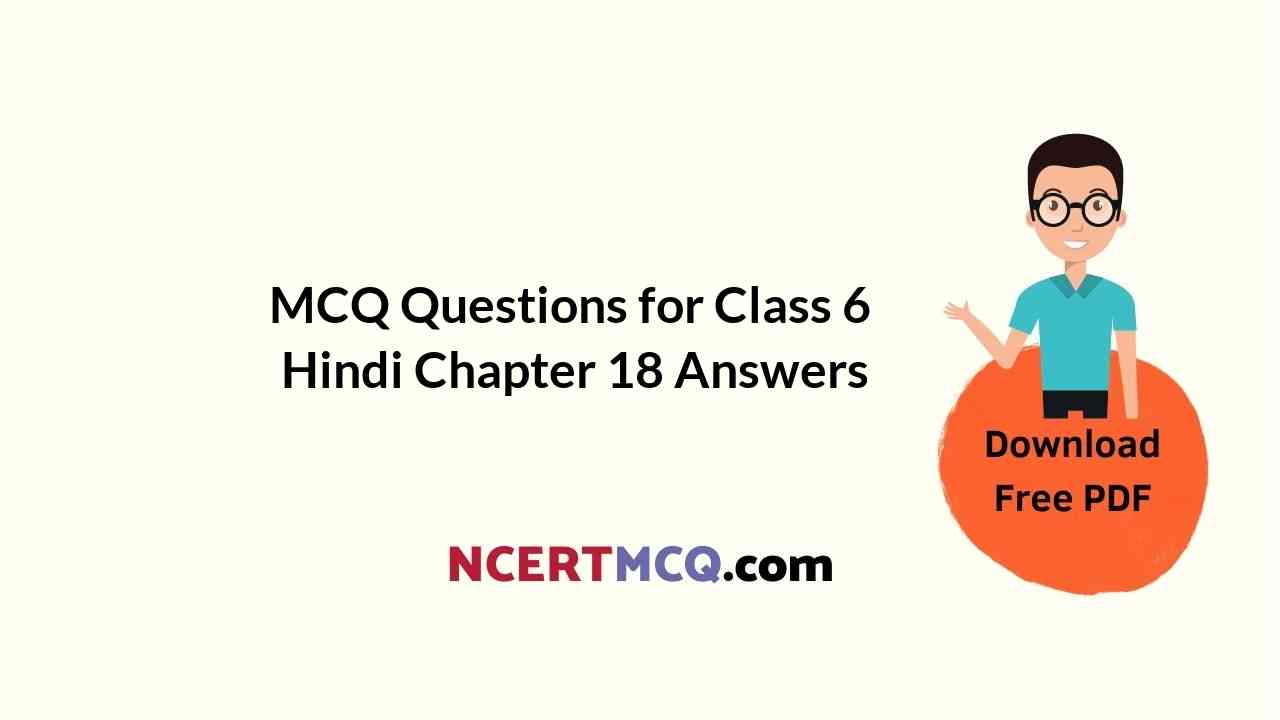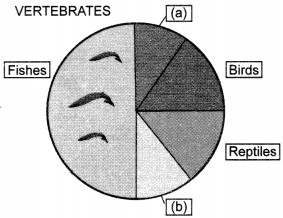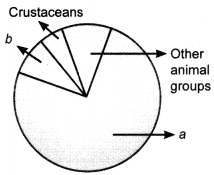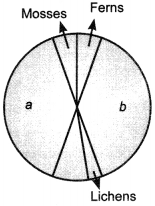Get Chapter Wise MCQ Questions for Class 11 Physics with Answers PDF Free Download prepared here according to the latest CBSE syllabus and NCERT curriculum. Students can practice CBSE Class 11 Physics MCQs Multiple Choice Questions with Answers to score good marks in the examination. https://ncert.nic.in/
Class 11 Physics MCQs Multiple Choice Questions with Answers
Practicing these CBSE NCERT Objective MCQ Questions of Class 11 Physics with Answers Pdf will guide students to do a quick revision for all the concepts present in each chapter and prepare for final exams.
- Physical World Class 11 MCQ Questions
- Units and Measurements Class 11 MCQ Questions
- Motion in a Straight Line Class 11 MCQ Questions
- Motion in a Plane Class 11 MCQ Questions
- Laws of Motion Class 11 MCQ Questions
- Work, Energy and Power Class 11 MCQ Questions
- System of Particles and Rotational Motion Class 11 MCQ Questions
- Gravitation Class 11 MCQ Questions
- Mechanical Properties of Solids Class 11 MCQ Questions
- Mechanical Properties of Fluids Class 11 MCQ Questions
- Thermal Properties of Matter Class 11 MCQ Questions
- Thermodynamics Class 11 MCQ Questions
- Kinetic Theory Class 11 MCQ Questions
- Oscillations Class 11 MCQ Questions
- Waves Class 11 MCQ Questions
We hope the given NCERT MCQ Questions for Class 11 Physics with Answers PDF Free Download will help you. If you have any queries regarding CBSE Class 11 Physics MCQs Multiple Choice Questions with Answers, drop a comment below and we will get back to you soon.
